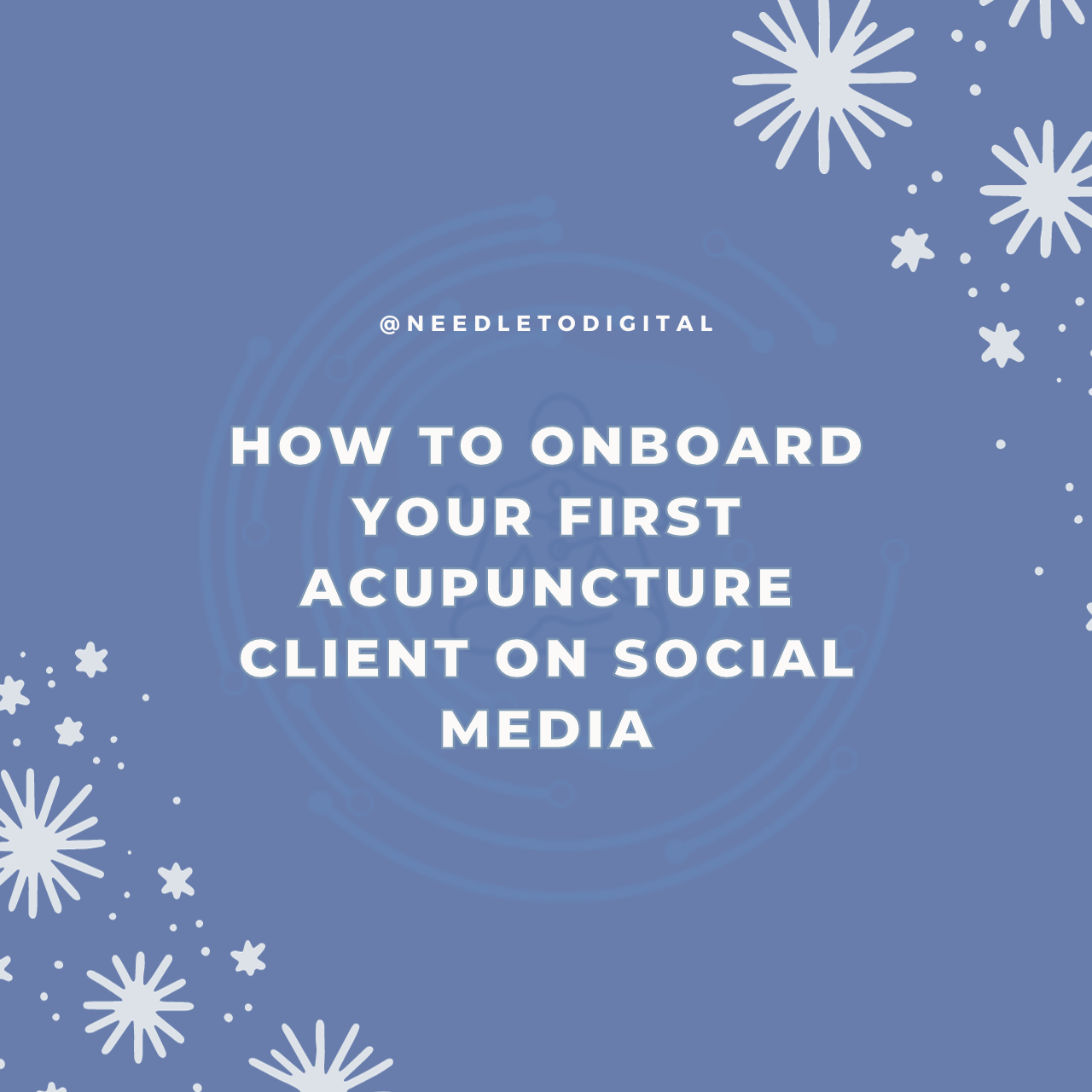Social media has become a powerful tool for businesses to connect with their audience. For acupuncturists looking to expand their reach and attract new clients, social media advertising provides an avenue to showcase their services effectively. This beginner’s guide will delve into the benefits of social media advertising for acupuncture businesses and provide a step-by-step overview to help practitioners navigate the realm of online social media advertising for acupuncture business.
Benefits of Social Media Advertising for Acupuncture Business:
-
Targeted Reach:
- Social media platforms allow acupuncturists to target specific demographics, ensuring that promotional efforts are directed toward individuals more likely to be interested in acupuncture services.
-
Increased Visibility:
- Social media advertising enhances the visibility of acupuncture clinics, making it easier for potential clients to discover and engage with their services.
-
Cost-Effective Marketing:
- Compared to traditional advertising methods, social media advertising is often more cost-effective, allowing acupuncturists to allocate their budget more efficiently.
-
Engagement Opportunities:
- Social media provides a platform for two-way communication. Acupuncturists can engage with their audience through comments, direct messages, and interactive content.
-
Data-Driven Decision-Making:
- Social media platforms offer robust analytics, enabling acupuncturists to track the performance of their ads and make data-driven decisions to optimize campaigns.
-
Brand Building:
- Consistent social media presence builds and reinforces the brand of the acupuncture clinic, creating trust and recognition among the audience.
-
Educational Content:
- Acupuncturists can use social media advertising to share educational content about acupuncture, its benefits, and the services they offer, positioning themselves as industry experts.
-
Visual Appeal:
- Visual content is engaging, and social media platforms are ideal for showcasing images and videos of acupuncture treatments, creating a visually appealing representation of the clinic.
-
Community Engagement:
- Social media fosters a sense of community. Acupuncturists can create groups or forums where clients can share experiences, ask questions, and connect with one another.
-
Campaign Flexibility:
- Social media advertising allows for flexible campaign structures. Acupuncturists can run short-term promotions, seasonal campaigns, or ongoing awareness initiatives based on their goals.
Social Media Advertising for Acupuncture Business: A Beginner’s Guide:
Step 1: Define Your Goals and Audience
- Clearly outline your advertising goals, whether it’s to increase brand awareness, drive website traffic, or generate appointment bookings.
- Identify your target audience, considering demographics, interests, and behaviors.
Step 2: Choose the Right Social Media Platforms
- Select social media platforms that align with your goals and audience. Facebook, Instagram, and Pinterest are popular choices for visual industries like acupuncture.
Step 3: Set Up Business Accounts and Profiles
- Create or optimize your business accounts on the selected social media platforms.
- Complete profiles with accurate contact information, a compelling bio, and a professional profile picture.
Step 4: Understand Ad Formats and Objectives
- Familiarize yourself with the different ad formats and objectives available on each platform. Options may include image ads, video ads, carousel ads, and more.
- Choose objectives that align with your advertising goals, such as brand awareness, engagement, or conversions.
Step 5: Create Compelling Visuals and Copy
- Craft visually appealing and professional-looking images or videos for your ads.
- Write a clear and concise copy that communicates the unique value propositions of your acupuncture services.
Step 6: Set Budget and Schedule
- Determine your advertising budget and allocate it across your campaigns.
- Set a schedule for your ads, considering the times when your target audience is most active.
Step 7: Target Your Audience
- Utilize the targeting options provided by each platform to narrow down your audience based on demographics, interests, location, and behavior.
- Experiment with different targeting criteria to find the most effective combination.
Step 8: Monitor and Adjust
- Regularly monitor the performance of your ads using the analytics tools provided by each platform.
- Adjust your strategy based on the data, tweaking targeting, visuals, or copy to optimize performance.
Step 9: Engage with Your Audience
- Actively engage with comments, messages, and interactions sparked by your ads.
- Use social media as a platform for building relationships and addressing any inquiries or concerns.
Step 10: Test and Iterate
- A/B test different elements of your ads to identify what resonates best with your audience.
- Iterate on your campaigns based on the insights gained from testing.
Summarize (Key Takeaways):
- Strategic Planning: Clearly define goals and target audience before embarking on social media advertising.
- Visual Appeal: Craft visually appealing content that aligns with your clinic’s brand and resonates with your audience.
- Data-Driven Optimization: Regularly analyze the performance of your ads and make data-driven adjustments to optimize campaign outcomes.
- Community Engagement: Leverage social media not just for advertising but also for building a community around your acupuncture clinic.
- Flexibility and Adaptability: Social media advertising allows for flexible campaign structures, enabling acupuncturists to adapt to changing business needs.
Conclusion:
As a beginner in social media advertising, acupuncturists can leverage the unique benefits offered by these platforms to strategically promote their services. From defining goals to crafting engaging content, this guide provides a roadmap for acupuncturists to navigate the digital landscape, connecting with potential clients in a meaningful way.
Transform your acupuncture clinic’s reach with social media advertising – where engagement meets holistic healthcare in the digital age.








